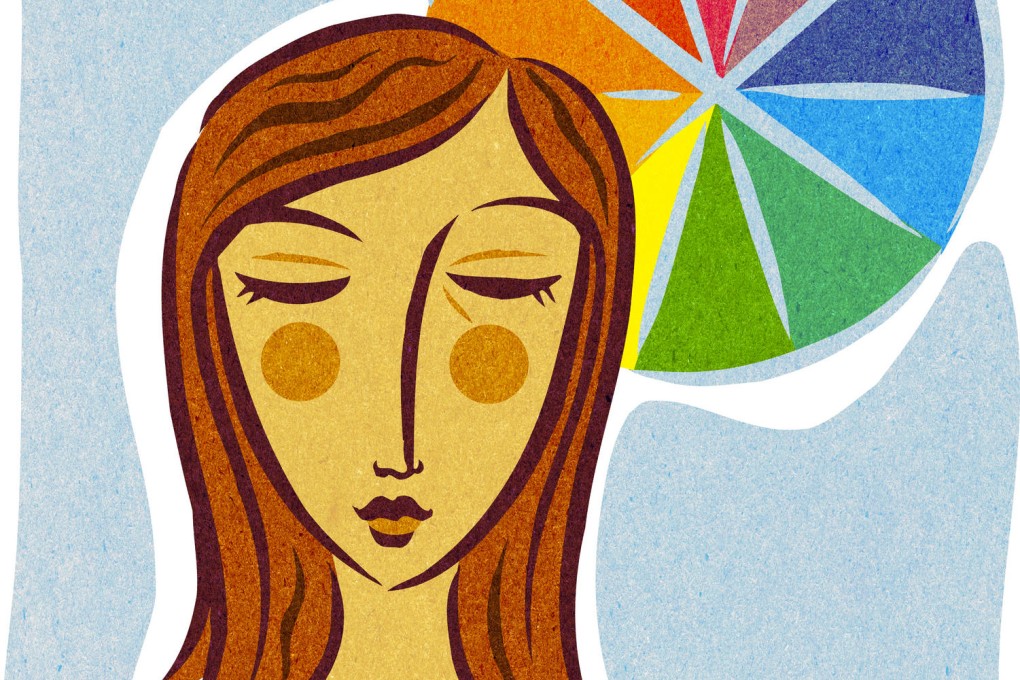Colour therapy - hues that can heal
Chromotherapy - or the use of colour to treat illness - has been around since Egyptian times. Does the science stack up, asks Sasha Gonzales

Pastel blue and muted green walls are a common feature in many hospitals around the world, and for good reason.
These colours are thought to have a positive psychological impact on patients, boosting their mood, stabilising blood pressure, reducing stress and anxiety and, in turn, speeding up their recovery.
Orange light helps with insomnia, while green light can combat depression
Blue, the colour of the sea and the sky, is said to have a soothing, calming effect, while green, which is typically associated with nature and the outdoors, is thought to help patients feel more grounded and centred.
Colour therapy, also called chromotherapy, is not a modern concept. Ancient cultures believed that colour could help healing and improve emotional well-being.
In ancient Egypt and Greece, rooms were painted in different colours in an attempt to treat various ailments. The Egyptians even designed special healing sanctuaries that captured and split the sun's rays into its component colours, creating therapy rooms bathed in light.
Colour is also central to Ayurveda, a traditional Hindu system of medicine that originated in India thousands of years ago and is still practised today. Ayurveda uses the energy thought to be inherent in various colours to stimulate healing in the body's energy centres, or chakras. Each chakra is associated with a single colour of the visible light spectrum, along with a function and organ or bodily system.